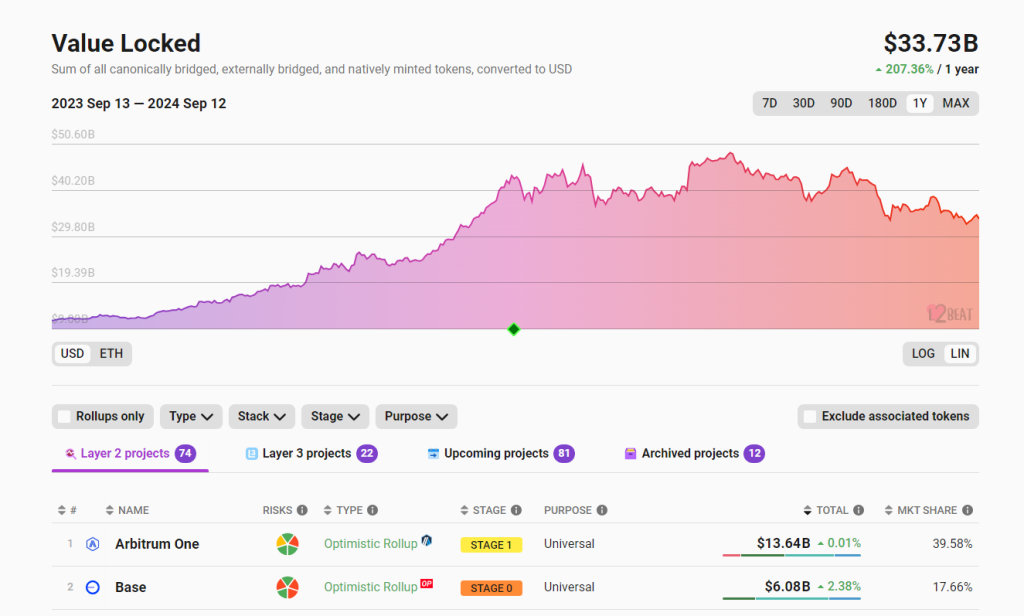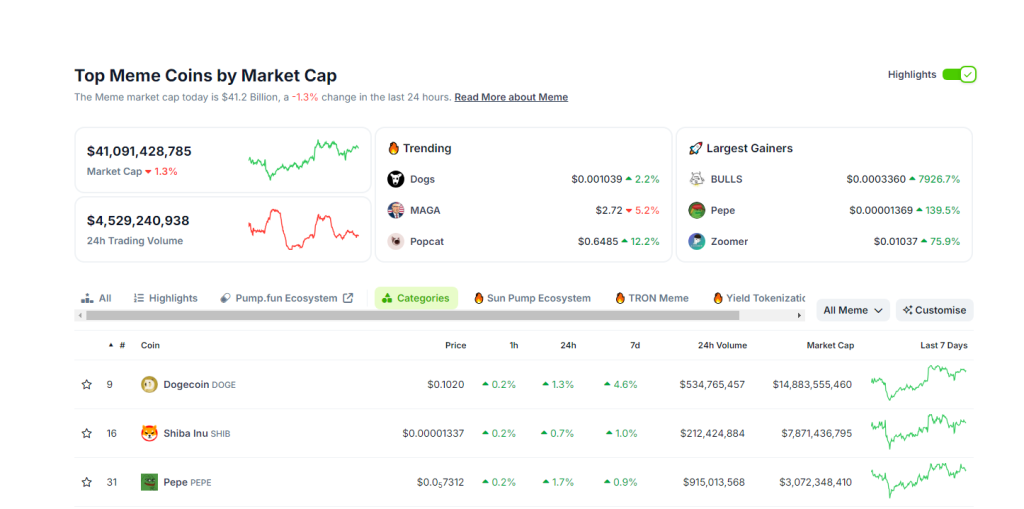Ethereum is under pressure at spot rates. As of September 12, the second most valuable coin struggled for momentum and stuck below $2,400. The daily chart shows that ETH is selling off steadily, and the zone between $2,400 and $2,800 is proving to be a strong liquidation region.
Ethereum Revenue Falls To May 2020 Levels
Beyond price action, something is printing out. According to observers, not only is ETH price dumping but also a notable decline in revenue accompanying the sell-off. At press time, the daily revenue generated by the smart contracts platform is at May 2020 levels.
To clarify, “revenue” refers to fees paid to validators whenever they approve a transaction or execute smart contracts on the chain. While this is a concern, some analysts are buoyant, saying Ethereum’s future, despite revenue challenges, is bright.
This confidence stems from various developments. Top of the list is the insistence that gas fees on Ethereum are down and are not as bad as many think. Over the years, several implementations have been made to make mainnet transactions cheaper.
Following the congestion during the last bull run in 2020 through 2021 that pushed gas fees to record highs, Ethereum developers pushed for layer-2 solutions. Platforms like Arbitrum, OP Mainnet, and Base now command billions in total value locked (TVL), looking at L2Beat data, and gaining users’ trust.


Most importantly, though these solutions route transactions off-chain, there have been no major hacks discouraging participation and questioning their security.
Due to their popularity, top technological firms and crypto exchanges like Sony and Coinbase have been active. Coinbase already backs Base, while Sony plans to launch a layer-2, Soneium.
The Scaling Success, Continuous Building And Refinement
The rapid adoption of Ethereum layer-2 solutions to reduce the load on the base layer could explain shrinking fees. Moreover, the Dencun upgrade further slashed layer-2 gas fees, making these platforms even cheaper.
It is this success Ethereum has had on matters of scalability that observers think the platform’s future is promising. Before layer-2s, Ethereum struggled to maintain users as most couldn’t afford the high gas fees, forcing them to alternatives like Solana, Tron, and Avalanche.
As a yardstick for success, meme coin activity in Ethereum remains decent even as it shrinks on Solana and shifts to Tron. According to Coingecko, some of the most valuable meme coins, Pepe and Floki, reside on Ethereum, while others, like Brett, are on Base–part of the network’s ecosystem.


The platform is also building. After the transition to proof-of-stake after The Merge, the immediate objective is to scale on-chain.
Vitalik Buterin, the co-founder of Ethereum, said this will be achieved in phases from Purge to Splurge. By the end, the platform would have implemented Sharding, allowing the platform to process millions of transactions every second without off-chain methods.















